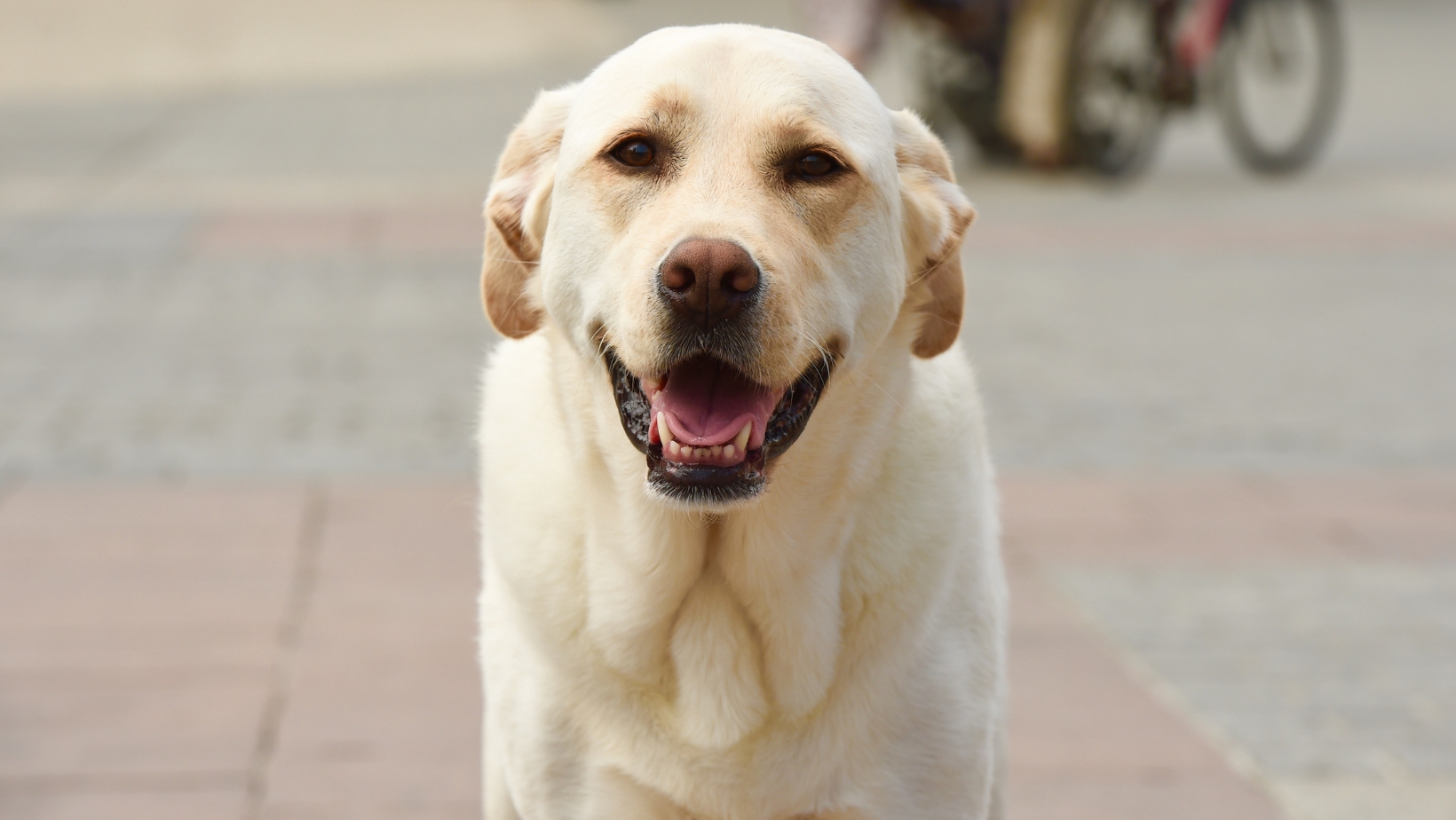Are you struggling with your Labrador’s nipping behavior? Don’t worry; I’ve got you covered. In this article, I’ll share some effective tips on how to get your dog to stop nipping. Nipping can be a common issue among Labradors, especially during their puppy stage when they are teething or trying to explore the world around them.
First and foremost, it’s important to understand why your Labrador is nipping. Often, dogs nip as a form of play or in an attempt to seek attention. It could also be a result of fear or anxiety. By identifying the underlying cause of the behavior, you can tailor your training approach accordingly.
One effective technique is redirection. Whenever your Labrador starts to nip at you or others, gently redirect their attention towards an appropriate chew toy or bone. This helps them understand what is acceptable for biting and encourages positive chewing habits.
Additionally, consistent and positive reinforcement training is crucial in curbing nipping behaviors. Rewarding your Labrador with treats and praise when they refrain from nipping reinforces good behavior and helps them understand what is expected of them.
How to Get Your Dog to Stop Nipping
When understanding why dogs nip, there are several factors to consider. Nipping is a common dog behavior, which can be attributed to various reasons. As a dog owner, it’s crucial to grasp the underlying causes behind this behavior to address and prevent it effectively.
- Communication: Dogs use their mouths to communicate, and nipping is one way they express themselves. Puppies often nip during playtime as they explore their surroundings and interact with others. It’s their way of testing boundaries and engaging in social interactions. However, if not properly guided, this behavior can persist into adulthood.
- Teething: Just like human babies, puppies experience teething discomfort as their adult teeth emerge. Nipping helps alleviate the pain and itchiness associated with teething by giving them something to chew on. Providing appropriate chew toys can redirect their biting behavior onto more suitable items.
- Fear or Anxiety: Dogs may resort to nipping when they feel fearful or threatened in certain situations. This defensive behavior is often seen when dogs are cornered or feel unsafe around unfamiliar people or animals. Understanding your dog’s triggers and working on desensitization techniques can help reduce their anxiety levels and minimize nipping incidents.
- Lack of Socialization: Insufficient socialization during puppyhood can contribute to nipping behaviors later in life. If a dog hasn’t been exposed to different environments, people, and animals during the critical socialization period (typically between 3-14 weeks), they may struggle with fear-based behaviors such as nipping.
Dog owners need to remember that each dog is unique, so the reasons behind their nipping behavior may vary. By observing your dog’s body language, seeking professional help, and implementing positive reinforcement training techniques, you can effectively address and manage nipping behaviors in your beloved Labrador or any other dog breed.

Redirecting Nipping Behavior
When dealing with a dog that nips, redirecting their behavior is an effective approach to mitigate this unwanted habit. You can teach your Labrador or any other breed to stop nipping and engage in more appropriate behavior with consistency and patience.
Here are a few strategies that can help:
- Provide suitable chew toys
- Use positive reinforcement
- Teach alternative commands
- Avoid rough play
- Consistency is key
By employing these redirection techniques and positive reinforcement, you can help your Labrador break the habit of nipping and foster a more peaceful and harmonious relationship.